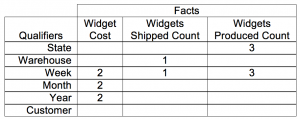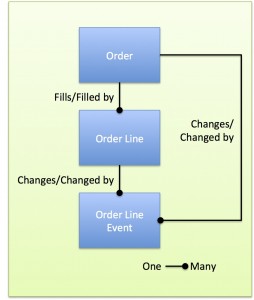 I had pondered writing a post called “Requirements Decay” about how requirements don’t last forever. In my research I found that such a post, complete with “my” words “requirements decay” and “requirements half-life”, had already been done comprehensively here. In a compact argument underpinned by half-life mathematics, the anonymous author proposes that a requirement isn’t likely to stand unchanged forever and explores the implications.
I had pondered writing a post called “Requirements Decay” about how requirements don’t last forever. In my research I found that such a post, complete with “my” words “requirements decay” and “requirements half-life”, had already been done comprehensively here. In a compact argument underpinned by half-life mathematics, the anonymous author proposes that a requirement isn’t likely to stand unchanged forever and explores the implications.
For me, requirements decay is an idea that helps us think realistically about project planning and improves our chances of meeting business needs. Continue reading




 As important as it is, data modeling has always had a geeky, faintly impractical tinge to some. I’ve seen application development projects proceed with a suboptimal, “good enough”, model. The resulting systems might otherwise be well-architected, but sometimes strange vulnerabilities emerge that track directly to data design flaws.
As important as it is, data modeling has always had a geeky, faintly impractical tinge to some. I’ve seen application development projects proceed with a suboptimal, “good enough”, model. The resulting systems might otherwise be well-architected, but sometimes strange vulnerabilities emerge that track directly to data design flaws.